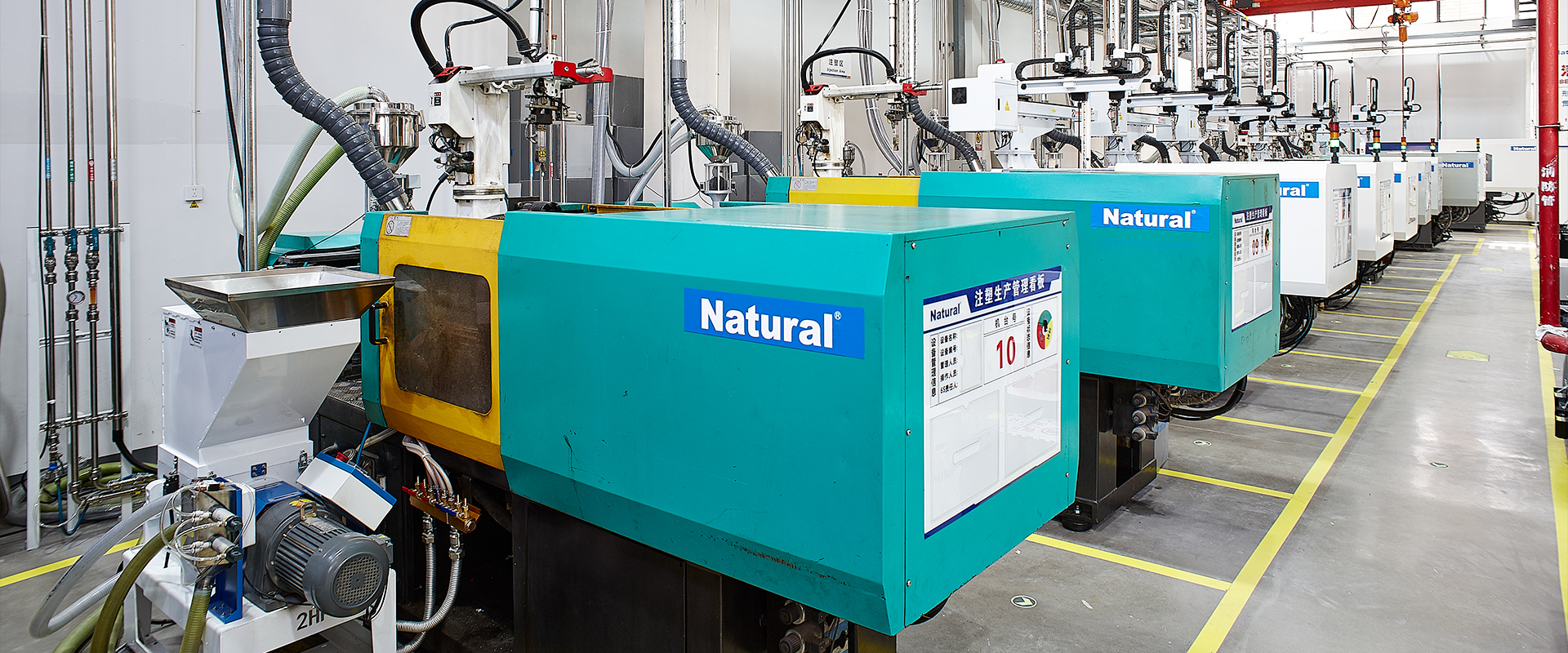understanding the functionality and application of mechanical thermostats
Release time:2025-11-07 15:31:03
A mechanical thermostat is a simple yet essential device that helps regulate temperature in a variety of systems, ranging from household heating and cooling units to industrial machinery. These thermostats rely on mechanical processes to sense temperature changes and activate or deactivate systems like air conditioners, heaters, and refrigeration units. Despite the rise of more sophisticated electronic thermostats, mechanical thermostats continue to be a popular choice due to their simplicity, reliability, and cost-effectiveness. In this article, we’ll explore how mechanical thermostats work, their advantages and disadvantages, and where they are most commonly used.

How Does a Mechanical Thermostat Work?

The core principle behind a mechanical thermostat is based on the physical properties of materials, particularly their response to temperature changes. Two common mechanisms found in mechanical thermostats are bimetallic strips and mercury switches.

 28 items Patent
28 items Patent
 28 items Patent
28 items Patent
 28 items Patent
28 items Patent










